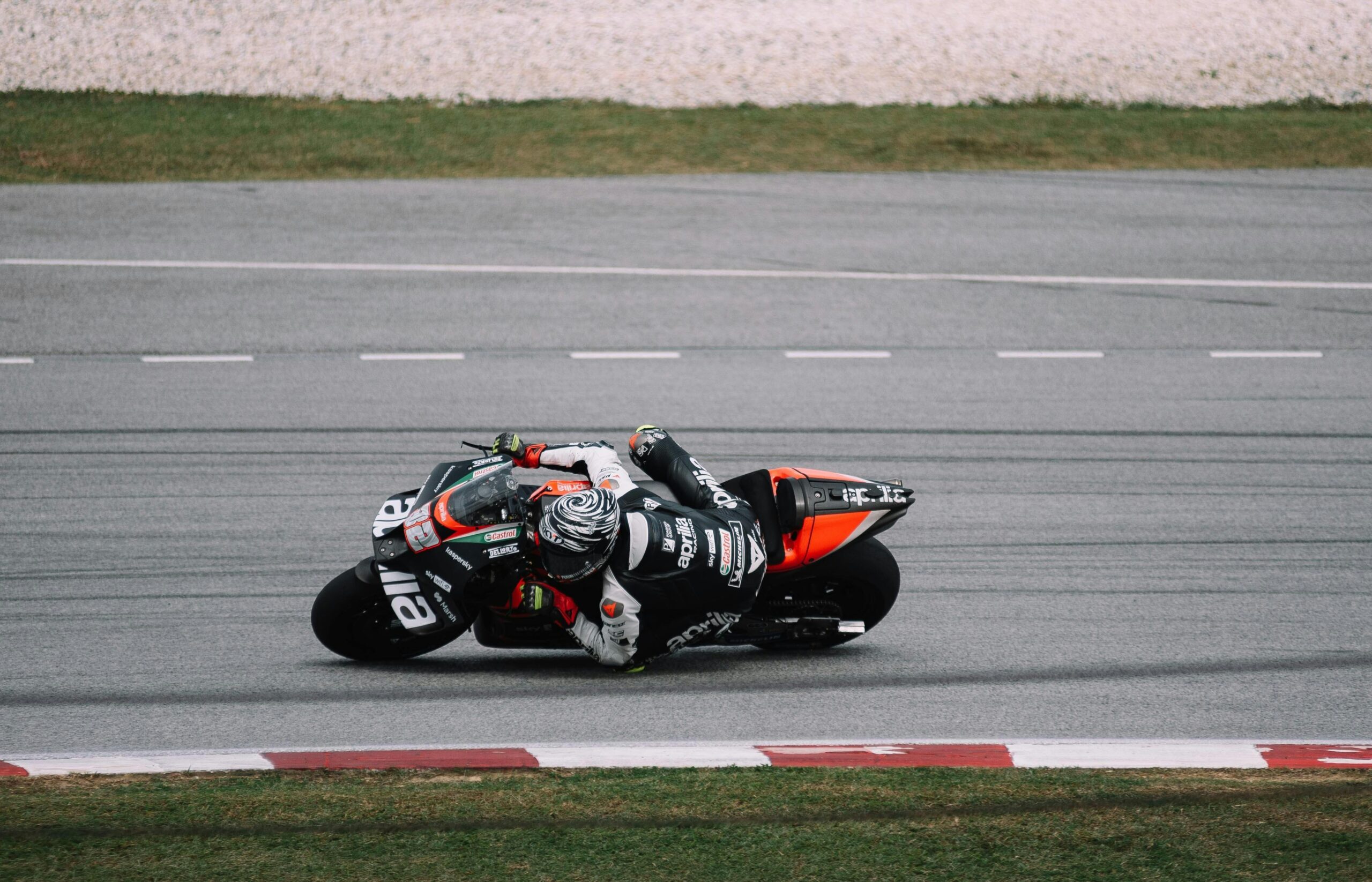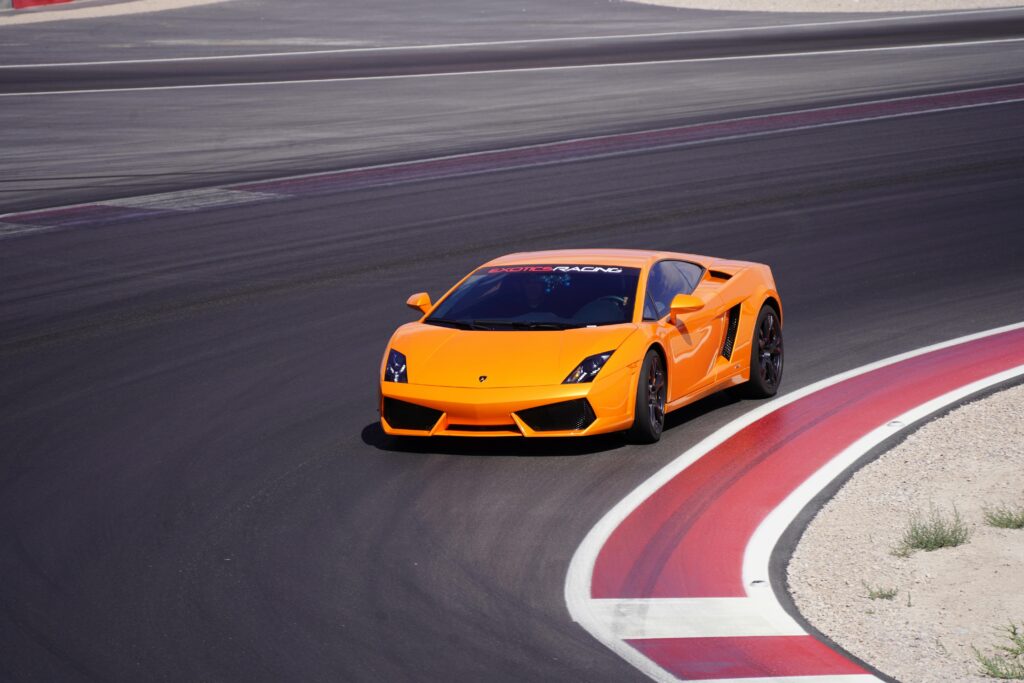Ever wondered why some MotoGP riders dominate certain tracks while others struggle? Hint: It’s not just their bikes—it’s all about Track Layout Analysis.
In this post, we’ll dissect how understanding track layouts can make or break a MotoGP race performance. You’ll learn why corners matter more than straightaways, the mistakes even pros make, and actionable tips to read tracks like a pro commentator (cue coffee cup). Let’s go!
- Key Takeaways
- Why Track Layout Matters in MotoGP Races
- Step-by-Step Guide to Analyzing Track Layouts
- Tips & Best Practices for Mastering Track Layouts
- Real-World Examples from MotoGP History
- FAQs on Track Layout Analysis
Key Takeaways:
- Understanding track layout is crucial for predicting rider success.
- Technical corners often outweigh top speeds in determining outcomes.
- Mistakes in reading elevation changes and surface conditions are common pitfalls.
- Data tools and visualizations are essential for comprehensive track analysis.
Why Does Track Layout Matter in MotoGP Races?

The first rule of motorsport physics: Every inch of tarmac counts. Tracks like Mugello demand high-speed skills because they’re essentially long ribbons of asphalt designed for acceleration. Meanwhile, circuits such as Laguna Seca require pinpoint precision due to its infamously sharp “Corkscrew” turn.
“I once bet my teammate could ace Phillip Island’s sweeping bends without braking. Spoiler alert—he didn’t.” – Anonymous Team Engineer
This mismatch between expectations and reality stems from ignoring nuanced aspects of each layout. Without proper analysis, even world champions face challenges that feel like your laptop overheating mid-render session.
Whirrrrr…
Optimism vs. Reality:
Optimist You: “All you need is raw speed!”
Grumpy Me: “Sure, until you crash at Turn 6.”
How to Analyze a Track Layout Like a Pro
Ready to channel your inner Valentino Rossi? Here’s how to deconstruct any MotoGP track:
Step 1: Study the Map
Use resources like the official MotoGP website to access detailed maps of every circuit. Note key features like:
- Tight hairpins
- Elevation changes
- Degree of banking
Step 2: Evaluate Corner Types
Classify turns based on difficulty—fast sweepers, technical chicanes, or slow-speed U-bends. Each requires unique strategies for entry, apex, and exit points.
Step 3: Factor in Surface Conditions
Bumps, grooves, and grip levels play massive roles. For example, Qatar’s Losail International Circuit has notoriously slippery surfaces under low light.
Step 4: Check Historical Data
Analyze past performances using tools like MotorSportStats. Look for recurring patterns where specific riders excel.

Tips & Best Practices for Effective Track Layout Analysis
- Prioritize Technical Corners Over Straights: These define lap times far more than drag races down straights.
- Keep an Eye on Weather Reports: Rain radically alters grip dynamics.
- Simulate Scenarios: Use apps like TrackDaySim to practice virtual recon without risking tires.
- Ignore This Tip: “Wing design affects handling more than anything else.” – No, wings matter, but focus on traction zones first.
Case Studies: Success Stories Through Track Layout Mastery
At Austria’s Red Bull Ring, Marc Márquez consistently crushed opponents by leveraging aggressive late-braking techniques into Turns 1 and 3—both power-heavy right-handers. Meanwhile, Casey Stoner owned Phillip Island’s flowing curves, proving aerodynamics alone don’t win races.

Pro Tip: Dive deeper into these case studies via Crash.Net, a trusted resource for behind-the-scenes insights.
FAQs About Track Layout Analysis
Q1: What makes one MotoGP track harder than another?
A1: A combination of elevation shifts, corner complexity, and surface grip defines difficulty.
Q2: How do racers prepare for new circuits?
A2: Riders use simulators, analyze onboard footage, and study telemetry data provided by teams.
Q3: Are there universal rules for conquering any track?
A3: Yes—always prioritize consistency over risky overtakes.
Conclusion
Track layout analysis isn’t just nerdy number-crunching; it’s critical thinking applied to racing glory. From mapping out hairpin nightmares to exploiting rivals’ blind spots, mastering MotoGP tracks starts with seeing beyond the surface.
So next time you’re glued to the screen watching those two-wheel warriors battle it out, remember—the real MVP might be whoever nailed the Track Layout Analysis.
Like a Tamagotchi, your SEO needs daily care.


